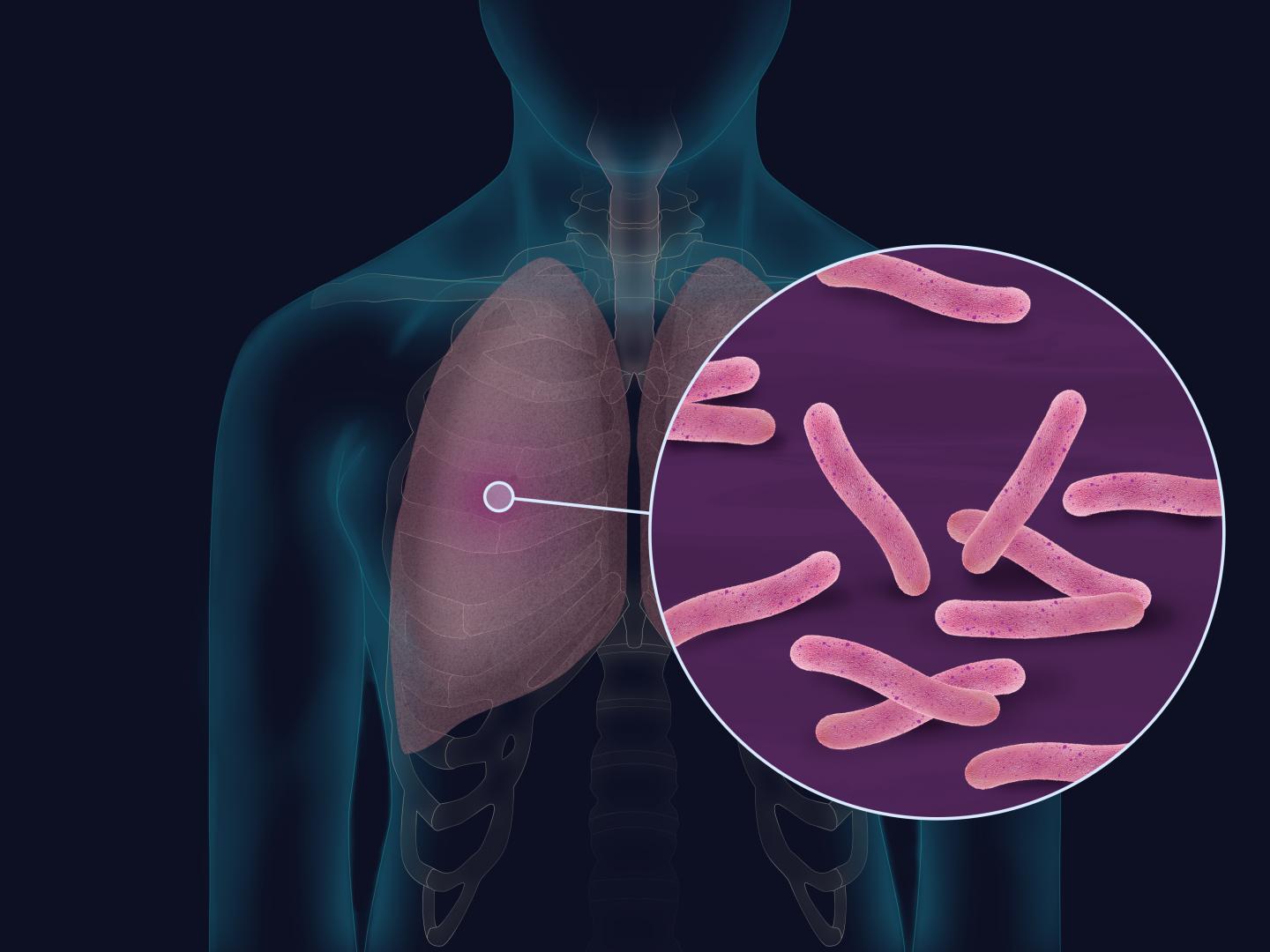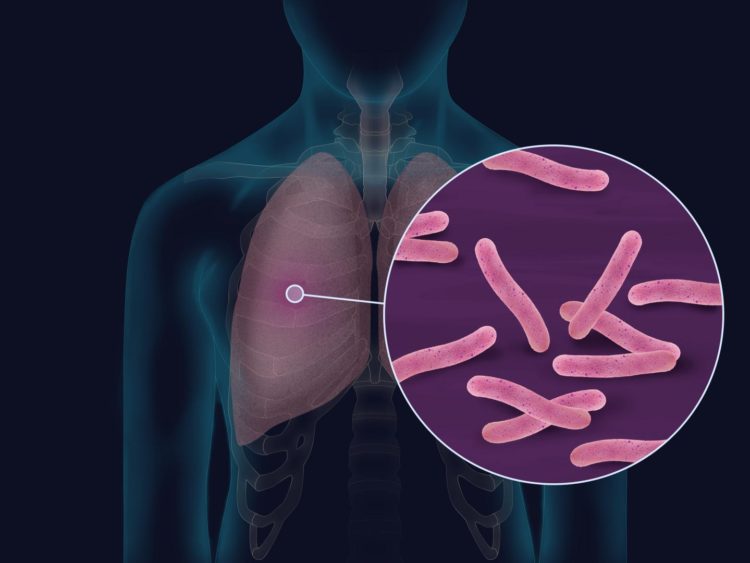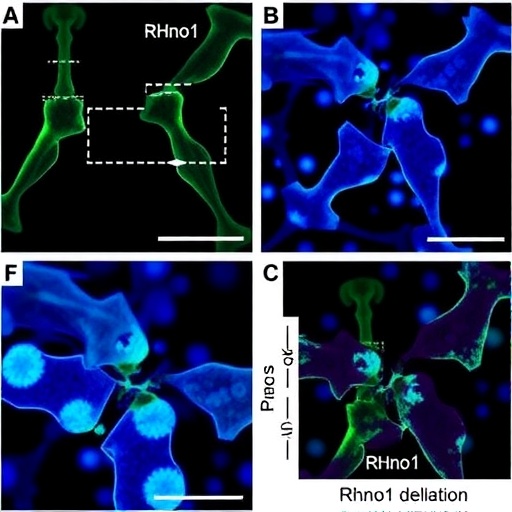The UC3M is coordinating the ERA4TB consortium, composed of more than 30 partners from 13 countries

Credit: ERA4TB
With a team of more than thirty public and private organisations and a budget over 200 million euro, ERA4TB aims to radically transform the way in which new therapies are developed for the treatment of tuberculosis.
Tuberculosis, caused by the bacterium Mycobacterium tuberculosis, is the leading cause of death from infectious disease in the world. According to the World Health Organisation (WHO), it is estimated that 10 million people became ill with tuberculosis in 2018 and 1,6 million died from the disease. Although its incidence is decreasing, the drug-resistant variety of the infection constitutes a growing threat to the safety of the world’s population. The UN has thus committed to ending the tuberculosis epidemic by 2030 through the joint action of its member states.
The standard treatment of tuberculosis consists of the combined administration of three or four antibiotics, all of which were developed more than 60 years ago. The minimum duration of treatment is six months, although if the infection is of the resistant type, the treatment needs to be e extended to about two years. “The appearance of these bacteria resistant to conventional treatments forces us to look for new drugs which, in combination with others which are in use, can fight the new strains,” the researchers explain. “This represents a challenge for Europe as well as a global issue, since if we do not fight against multidrug-resistant tuberculosis, the disease could become a global problem.”
ERA4TB focuses on a drug’s development phase which begins once a new potentially effective drug has been identified and runs until the first clinical trials. This phase, in which the safety and efficacy of the compound are verified and the best dosage is determined, is a process that costs between 10 and 20 million euro and can last up to six years. Therefore, if a new treatment is developed in which four compounds are combined sequentially, the waiting time is more than twenty years. The ERA4TB project proposes abandoning this sequential scheme in order to adopt a parallel development pathway that allows for the simultaneous research of more than a dozen potentially effective molecules against tuberculosis. This approach, which would take the form of an adaptive collaborative network, will allow ERA4TB to optimise the costs of developing new drugs against antimicrobial resistance (AMR) and, more importantly, to significantly reduce the times taken developing the new combined treatments needed to eradicate this epidemic, the researchers say.
“We are very excited about the launch of ERA4TB, a unique collaborative project in the field of tuberculosis, in which the experience of public partners and a portfolio of promising preclinical candidate drugs from pharmaceutical companies come together in order to accelerate the development of new clinical candidates. The ultimate goal is to provide an innovative and distinctive combination regimen for the treatment of tuberculosis, which can play a key role in the programme for the eradication of the disease,” says project leader David Barros, vice-president of Global Health R&D at GlaxoSmithKline and head of research at the tuberculosis unit.
The project has two significant goals. First, to take at least six new antibiotics to clinical trials as well as two combinations of these which are safe and effective treatments against any form of tuberculosis. And, secondly, to guarantee that the network created in the project is sustainable so that the capacities and the collaboration built between experts and institutions last over time and become well-established in Europe, so it can also be used for the development of other drugs to fight antimicrobial resistance.
One of the keys to achieving these objectives lies in the collaboration between the 31 partners that make up this consortium, who come from the academic world, the pharmaceutical industry and from non-profit organisations who specialised in the fight against tuberculosis. “This is a major initiative that consists of partners from Europe and the US and which will make Europe a centre of knowledge in this area of research. The collaboration between institutions is evident in that both industrial partners and non-profit entities bring to the consortium their own compounds which are potentially effective against tuberculosis, so that the research into the effectiveness of these molecules and their combinations might begin from the first day of the project,” the researchers explain.
Stewart Cole, scientific leader of ERA4TB and President of the Institut Pasteur, said “ERA4TB has assembled an impressive array of resources to seamlessly harness the agility and innovation of academia with the pragmatism and professionalism scientific expertise of pharma. I am confident that this powerful European initiative will speed the path to tuberculosis elimination.”
Spain, a force in the fight against tuberculosis
“The ERA4TB project will turn Spain into an important pole of research against tuberculosis at a global level, due to the significance and the number of organisations that form the main core of the initiative,” says Juan José Vaquero from the UC3M’s Department of Bioengineering and Aerospace Engineering and coordinator of the project.
Four of the Spanish participating entities are located in the Madrid region: the UC3M, the Madrid Health Service (SERMAS in its Spanish acronym), GlaxoSmithKline and Synapse Managers. In addition to coordinating the project, the group led by Professor Vaquero at the UC3M is responsible for the initiative’s biomedical imaging activities. This group plays a very active role both in the development of new diagnostic imaging equipment and in the implementation of artificial intelligence technologies, such as deep learning, which allow the researchers to quantify the progression of the disease by interpreting the images acquired. The SERMAS, through the Pharmacology Department of the La Paz University Hospital and its Clinical Trials Unit (UCICEC) will be responsible for coordinating the studies of the first administration to humans planned within the project. It will also make its hospital infrastructure (La Paz and La Princesa University Hospitals and the San Carlos Clinic) available to the consortium to carry out the necessary studies. The GlaxoSmithKline company is leading the project and providing scientific resources and a significant number of the new compounds which are to be investigated in the project. The company Synapse Managers, specialised in international biomedical research projects, will be in charge of managing the consortium.
Lastly, another Spanish organisation is participating in the initiative, a mixed team of researchers from the ARAID Foundation and the University of Zaragoza (UNIZAR). A facility will be fitted out in the latter organisation which is unique in Europe in the public field dedicated to Hollow-Fibre Infection Model (HFIM) technology, a bioreactor in a level 3 biological safety environment that allows for the manipulation and investigation of human pathogens, such as Mycobacterium tuberculosis. In addition, the team from this university will develop a new system of analysis which will allow for the identification of antibiotics with the capacity to interfere with the systems by which the bacteria interacts with the infected patient.
###
ERA4TB (European Regimen Accelerator for Tuberculosis) is funded by the European Union (EU) Research and Innovation Framework Programme, Horizon 2020 (GA853989) and by the European pharmaceutical industry through the European Federation of Pharmaceutical Industries and Associations (EFPIA). It is conducted under the auspices of the Innovative Medicines Initiative (IMI), a public-private partnership between EFPIA and the EU to accelerate the development of better and safer medicines for patients.
The kick-off meeting of the ERA4TB project is being held in Madrid on the 29th and 30th of January, 2020 and shall be attended by representatives from most of the member institutions, which are: in Spain, the UC3M, as coordinating entity of the project, and GlaxoSmithKline Research and Development SL (GSK), the Madrid Health Service (SERMAS), Synapse Research Management Partners S.L. and the University of Zaragoza (UNIZAR); in Germany, Evotec International GmbH (EVT), Forschungszentrum Borstel, Klinikum Der Universitaet Zu Koeln (UKÖ); in Belgium, Janssen Pharmaceutica NV (JANSSEN), Sciensano (SCI); in Denmark, Gritsystems AS (GRIT); in the US, the Bill & Melinda Gates Foundation (BMGF), TB Alliance (TBA); in France, Bioaster Fondation de Coopération Scientifique (BAR), ImaBiotech SAS (IBT), Commissariat à l’Énergie Atomique et aux Énergies Alternatives (IDMIT), Institut Pasteur de Lille Foundation (IPL), Institut Pasteur (IPP); in Ireland, Critical Path Institute, Limited (C-Path); in Italy, Consiglio Nazionale delle Ricerche (CNR), Universita degli Studi Di Padova (UNIPD), Universita degli Studi Di Pavia (UPV); in Latvia, Latvijas Organiskās Sint?zes Instit?ts (IOS); in the Netherlands, QPS Netherlands BV (QPS); in the United Kingdom, University of Dundee-Drug Discovery Unit (DDU), The National Institute for Health and Care Excellence (NICE), Public Health England – Department of Health (PHE); in Switzerland, École Polytechnique Fédérale de Lausanne (EPFL), Foundation Innovative Medicines for Tuberculosis (iM4TB); and in Sweden, Lund Universitet (LUND) and Uppsala Universitet (UU). In addition, the project consists of five other collaborating partners from the US, which are: Cornell University (CORU), Colorado State University (CSU), Hackensack Meridian Health (HMH), Johns Hopkins University (JHU) and the National Institutes of Health (NIH).
More information:
Project website: http://www.
Media Contact
Fco. Javier Alonso
[email protected]
Original Source
https:/





